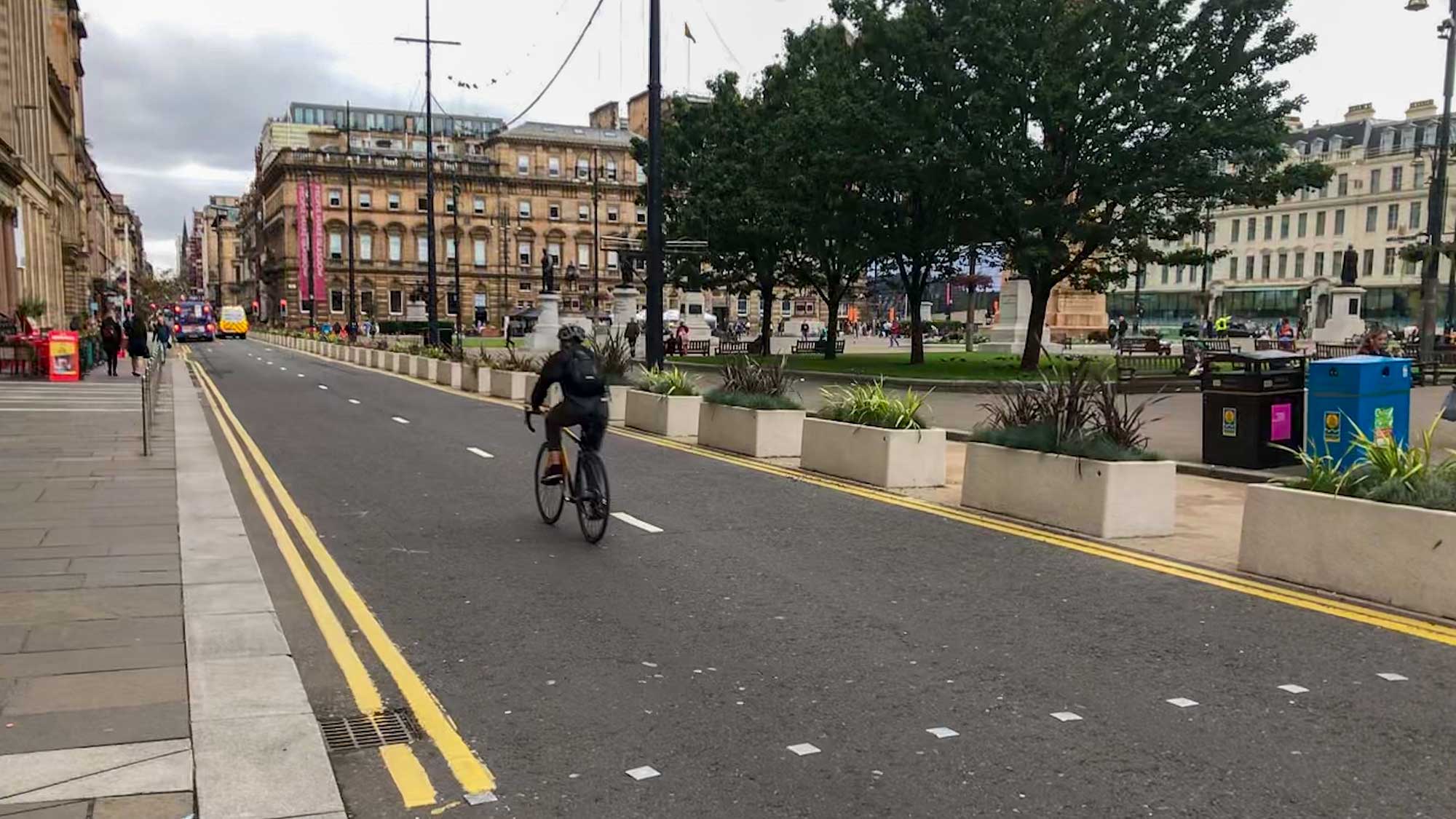Avenues and corridors…
Major changes are proposed for Cowcaddens Rd/Dobbie’s Loan (visual of Port Dundas Rd, above). Another Avenues project on Pitt St has a Traffic Regulation Order, as does the East City Way on London Rd. It’s last call for St George’s Rd but more from Connecting Woodside in Glasgow’s TROs.
East Renfrewshire’s Local Action Plans close soon but Balgray Connections is open a bit longer. East Dunbartonshire have extended one consultation and started a major one about the Springburn Rd/Kirkintilloch Rd ‘corridor’. Also, good news from Inverclyde.
Continue reading “Consultation Digest (Local) Issue 123, 10 November 2022”













